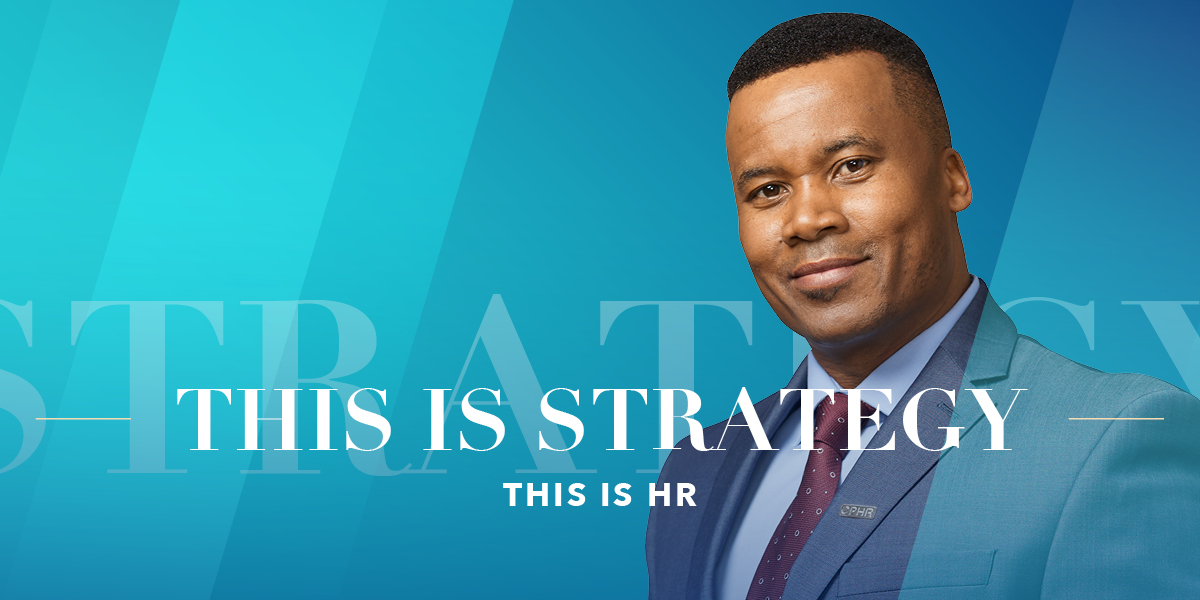Seven Ways to Make Your Best Talent Your Best Strategic Asset

Strategy isn’t a set it and forget it thing. It evolves, it moves, it adapts to circumstances. So, the best way to stay strategic is to hire strategy-minded people and let them do their thing.
But a recent survey by CEB Global reports that one-third of star performers feel disengaged from their employer. In other words, some of the people whose energy and insight you really need have already checked out and are looking for their next job.
You need a strategy to keep your strategic thinkers happy (and strategic thinkers can be found at all levels of the organization). Creating this environment doesn’t happen overnight. The good news is that you have complete control over the things that keep the best people engaged and contributing.
1.Define your company vision
You, as the leader, should be able to define the vision in 100 words. This statement should answer key questions that drive your business: Why does your company exist? Where is your company headed? What do you want your company to be? If your employees truly buy into the vision, they will look for opportunities to advance it and identify potential threats.
2. Show them the big picture
Set the vision in the context of its surroundings. Share what achieving the vision means to them and others. Most of your top people genuinely care about mastering their work and making a difference. As a leader, clearly define your company’s true purpose (think beyond the bottom line) and demonstrate it wherever possible.
3. Balance being professional with being human
Compassion is empathy and caring in action. How many companies truly demonstrate compassion? Show that your people mean more than their eight-hour work output. Celebrate their wins, empathize when they need support, and challenge them when they need a nudge.
4. Give rewards and recognition
Top performers won’t accept being ignored. Set high, but achievable expectations and reward performance appropriately. This doesn’t have to be complex or costly, but it should always be credible. Earned financial rewards and perks are important, but so is a sincere mention in a staff meeting, or a personal note of thanks.
5. Establish strong performance management
Don’t reward or ignore underperformance. Remember that unsatisfactory work and a bad attitude can spread through an office like wildfire, if not stopped. It demoralizes the top performers and encourages underperformers to stay. Managers sometimes turn a blind eye to underperformers or give them endless chances to redeem themselves. Encourage and support tough, but fair decisions.
6. Strengthen individuals and teams
Provide opportunities for personal development and access to the tools needed to advance their careers. Your job as an efficient leader is to help your employees discover their concealed talents and develop them. Encourage them to grow as a team, welcoming projects that allow collaboration and play a direct role in your company’s success. Even small steps such as delegating will have a big payoff. Delegation is a great opportunity that allows employees to take ownership of something and gain confidence in their abilities.
7. Most importantly, elevate your HR function
Despite the growing importance and complexity of managing people, many businesses treat HR as if it were just a necessary administrative function. But HR can lead the way on several fronts, including the six steps above – which are not quick fixes. They are long-term strategies that should be aligned to your unique market and your culture. They require thoughtful establishment and ongoing management to deliver the dividends that will set you apart.
The process of strategic planning can be as important to an organization as the results. Maximize your investment in talent and make sure to keep them satisfied.
